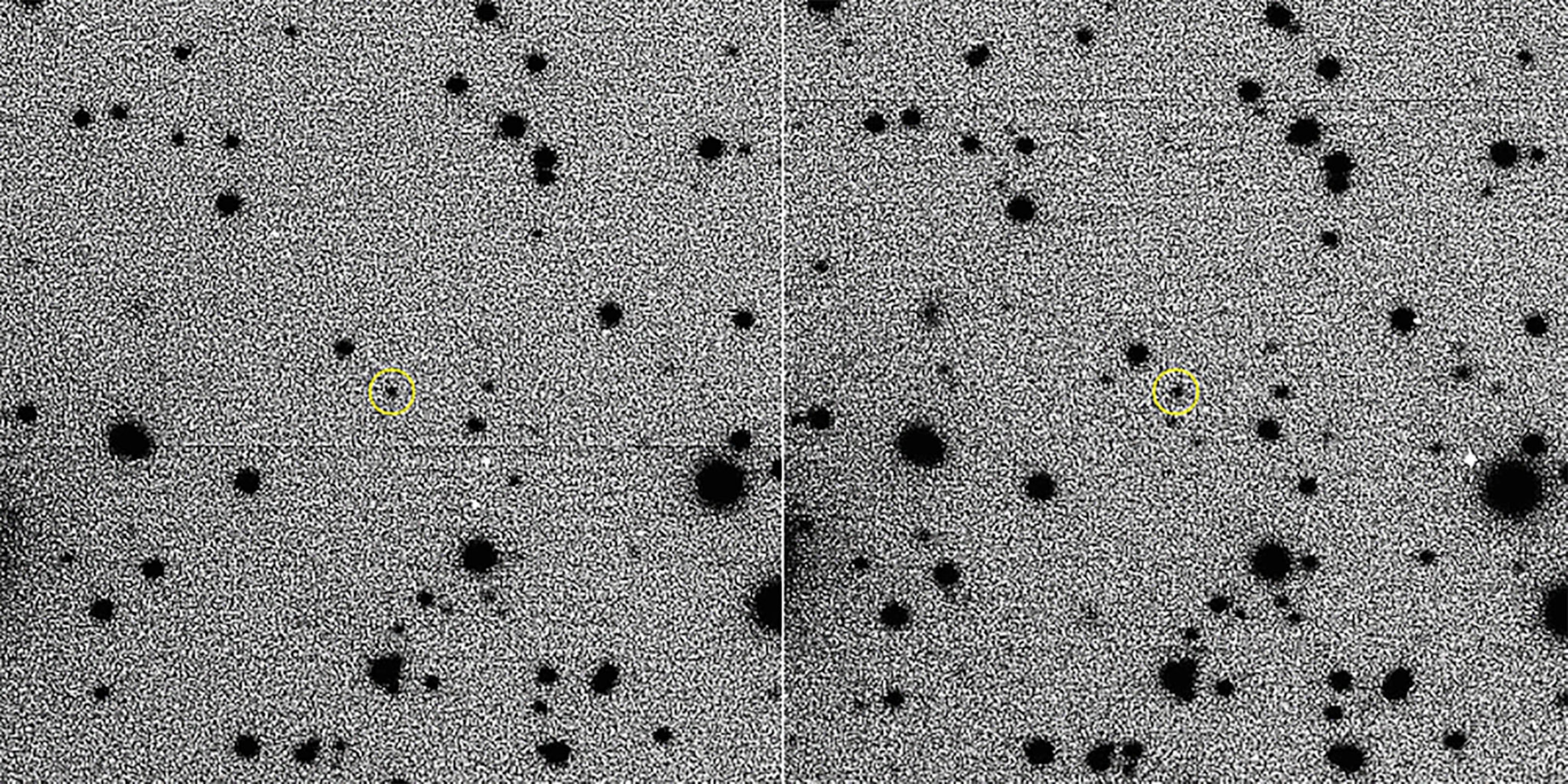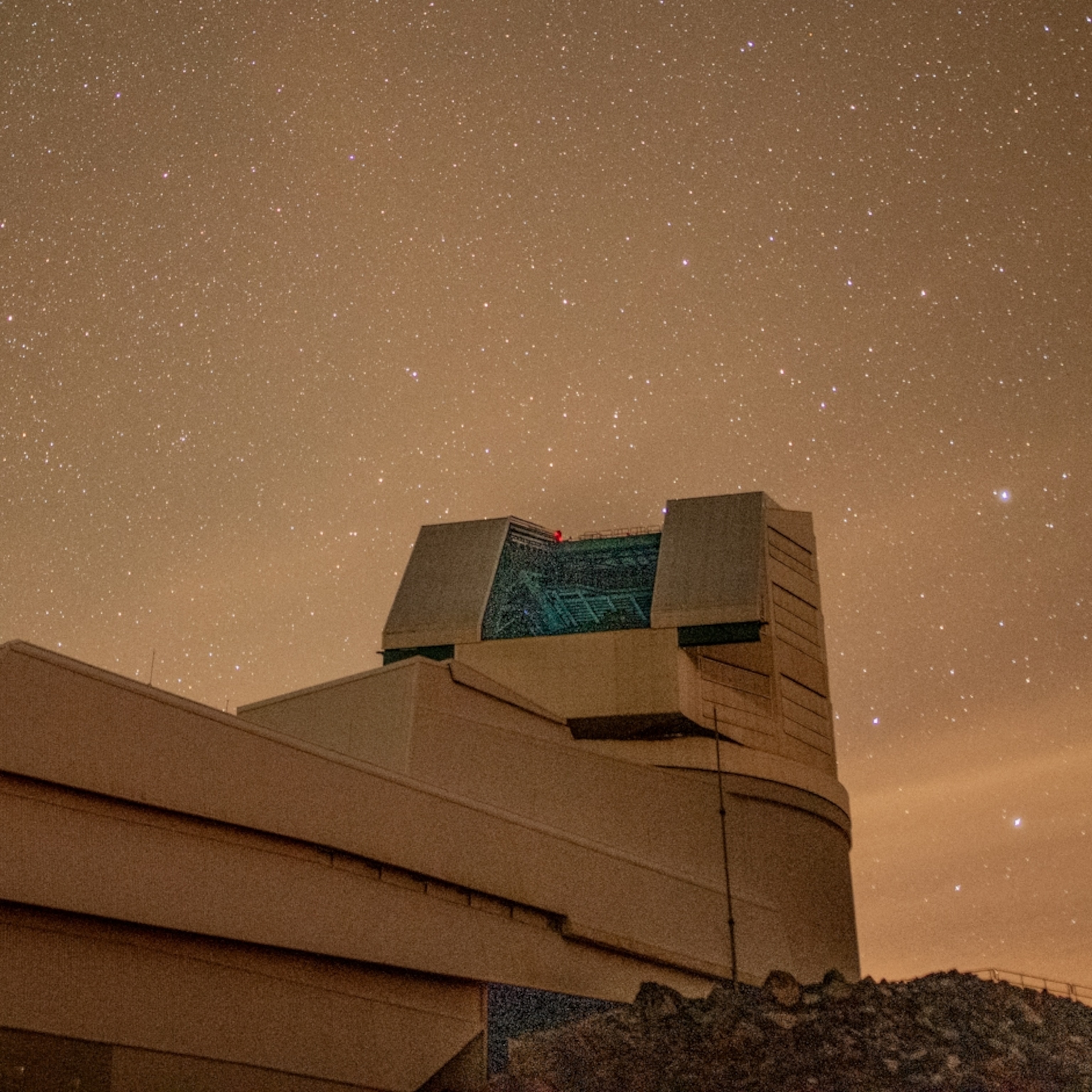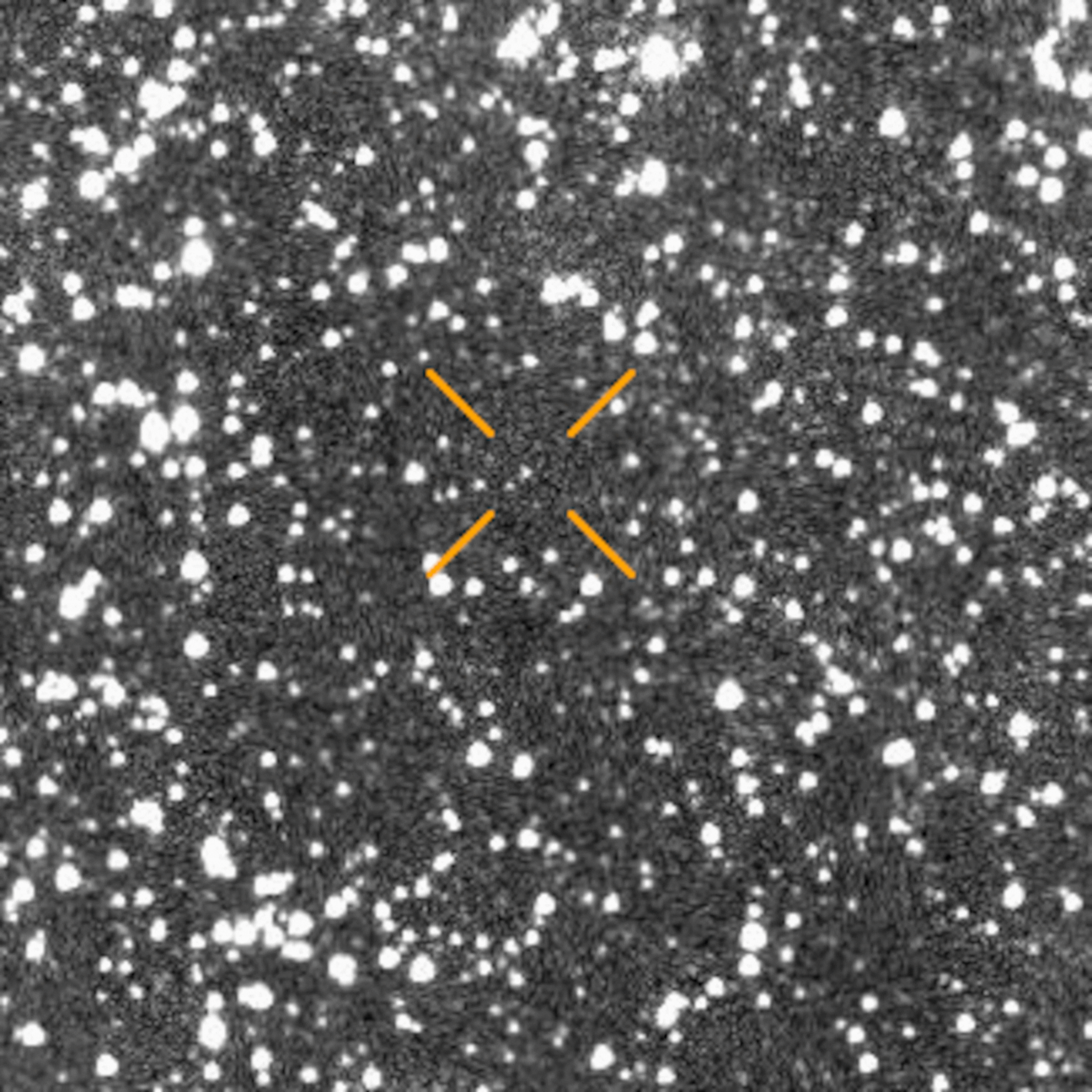
Is an Interstellar Asteroid Trapped Near Jupiter? Get the Facts.
The bizarre asteroid known as 2015 BZ509 is being touted as the first known interstellar visitor to stay in our solar system.
If you could float above the plane of the solar system, you'd notice that more than 99.9 percent of the objects whirling around the sun orbit counter-clockwise, set into motion by the spinning disk of dust and gas that birthed our planets, asteroids, and comets.
But bizarrely, of the more than 779,000 known asteroids, at least 95 drive against our solar system's flow of traffic. Now, two researchers are making an intriguing, if controversial, claim: One of these unusual asteroids—2015 BZ509—goes backward because it was adopted from another star system entirely.
“When we started working, we did not want to know whether it was interstellar,” says Fathi Namouni, an astronomer with the Côte d'Azur Observatory. Instead, Namouni and Sao Paolo State University researcher Helena Morais have spent years studying objects that orbit our sun backward in the hope of unraveling how our solar system formed—a bit like trying to solve a murder by poring over the crime scene's weirdest blood spatters.
In a study published today in the Monthly Notices of the Royal Astronomical Society: Letters, Namouni and Morais argue that BZ509 joined our solar system in its infancy, settling into a backward yet stable orbit that travels in lockstep with Jupiter's path around the sun. In that case, they say, BZ509 could be a cousin of the interstellar asteroid 'Oumuamua, which zoomed through the solar system last year.
However, the study arrives at an interstellar origin for BZ509 by process of elimination—an approach that outside experts have criticized.
“It is very extreme—particularly since they don’t have any dynamic modeling approach—to support their ideas is by saying that everything else is impossible,” says Southwest Research Institute scientist Hal Levison, who wasn't involved with the new study.
Attack of the Clones
No one is denying that BZ509, or Bee-Zed for short, is one strange space rock.
Namouni and Morais took notice of the asteroid not only because it orbits the sun backward, but also because its orbit nearly overlaps with Jupiter's—the first known object to play a game of chicken with our solar system's biggest planet. An orbital balancing act keeps Bee-Zed alive. Although Jupiter gravitationally tugs on the asteroid twice per 12-year orbit, the two tugs cancel each other out and stabilize the asteroid.
“It's like a truck going down a bumpy road, only it hits a bump, and it hits another bump that bounces it right back to where it should have been,” says Athabasca University astronomer Martin Connors, who wasn't involved with the new study.
Using computer simulations, Connors and his colleagues found in 2017 that Bee-Zed's orbit has been stable over the past million years. The discovery took Namouni and Morais by surprise; their previous work had suggested that orbits like BZ509's could only last 10,000 years or so.
To push these results further, Namouni and Morais built a model of our solar system in its current layout. They then sprinkled in a million virtual “clones” of Bee-Zed, each with a slightly tweaked version of the asteroid's observed orbit, and ran the simulation for the virtual equivalent of 4.5 billion years.
Many of the clones eventually collided with the sun or were ejected from the solar system. Half of them lasted less than seven million years. But 46 of the clones were stable over the lifetime of the solar system—and 27 of them closely resemble Bee-Zed's current loop.

For humans to have a statistical chance of seeing Bee-Zed, Namouni and Morais argue that the asteroid must have been in a highly stable orbit for 4.5 billion years. But if Bee-Zed has orbited the sun since the solar system's childhood, how did it end up going backward? After considering and rejecting a variety of potential explanations, they say it must be an interstellar interloper.
“We did not have any prejudices for any possible origin for this asteroid,” says Namouni. “We were quite surprised.”
Rogue One
Despite Namouni's confidence that Bee-Zed is interstellar, he and Morais haven't actually simulated the asteroid's capture from another star system. And in the absence of that analysis, other planetary science experts strongly disagree with the study's logic.
“The median lifetime [of BZ509's clones] is so short, I’d be looking for short-term solutions,” says Bill Bottke, also of the Southwest Research Institute.
Bottke and his colleague David Nesvorny suspect that BZ509 is actually an inactive comet from the Oort Cloud, a zone of icy debris on the far outskirts of the solar system. After being nudged long ago into a backward orbit, it could have entered its current loop just a few million years ago, they suggest.
After all, comets can definitely go backward; Halley's comet orbits the sun clockwise, just like Bee-Zed. What's more, Namouni and Morais's own work suggests that wayward objects can more easily get stuck in Bee-Zed's particular orbit than in others. Models also show that the comet scenario can explain how other backward asteroids settled into place.
A New Hope
Resolving Bee-Zed's origins will require an immense amount of work. Levison, Bottke, and Nesvorny recommend running massive simulations of how the planets formed and ultimately settled into their current orbits, specifically to see whether local objects enter orbits like Bee-Zed's more or less frequently than interstellar ones like 'Oumuamua.
The new study also suggests that objects resembling Bee-Zed can drift into orbits that lie perpendicular to the solar system's plane. Namouni, for one, wants to see if known objects with these “polar” orbits trace back with Bee-Zed to the same cloud of interstellar debris.
“The theoretical link is foolproof, but to associate the ones we see with Bee-Zed—that's more complicated,” he says.
If Connors were handed an infinite budget, he'd entertain sending a spacecraft to Bee-Zed to test whether the asteroid has alien chemistry. And Bottke points out that if such a mission ever were to fly, it'd be valuable no matter the result: “If you go out there with a probe,” he says, “wouldn’t that be cool just for a normal comet?”








